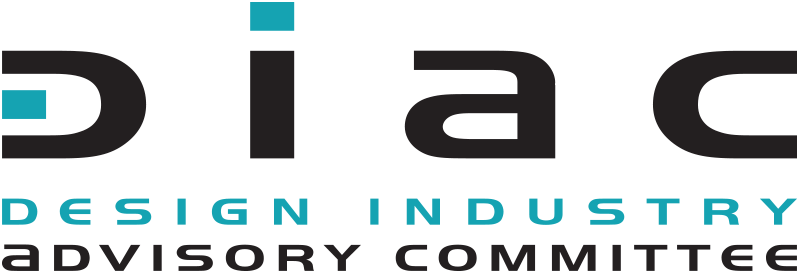The Design Industry Advisory Committee (DIAC) continues to liaise with business, design and government stakeholders to ensure that designers from all disciplines play a vital role in driving innovation and enabling all sectors to achieve sustainable business practices. DIAC activities help to expand its membership, to market Toronto as a centre for strategic design and to engage partners for future research.
Design Response to COVID-19: Call for Projects
The pandemic made 2020 a harrowing year, but an unprecedented time for design. As we contemplate how to rethink the way we live, work and interact, we need the skills of designers from all disciplines to develop resilient and human-centred innovations that address economic realities and improve our quality of life.
Fortunately, the Toronto Region is a hub for design with a high concentration of designers in the workforce. In 2020, the Design Industry Advisory Committee (DIAC) launched a Call for Projects to find out what innovations designers are working on to address the challenges presented by the pandemic. DIAC wants to acknowledge their contributions and to encourage others in the public and private sector to engage designers at the start of their COVID-19 response initiatives.
DIAC is collecting projects from architects, landscape architects, urban designers and planners, industrial, interior, graphic and fashion designers. Over the coming months DIAC will be sharing these stories and the innovations emerging from their work. Designers are encouraged to submit their projects by completing the Project Submission Form on the DIAC website: www.diac.on.ca
New Framework to Assess Design Impacts
DIAC’s Research Committee has continued to explore the positive impacts of design by developing a new Framework identifying five critical design interventions that lead to significant economic, social and environmental benefits. The Framework applies to all of the design disciplines and includes indicators and metrics to assess the impacts. Since this is a big topic, DIAC began this research by focusing on Design Impacts in Placemaking (one activity in which most of the design disciplines are involved) with analysis of several Toronto success stories. The DIAC Design Impacts Framework will be published on the DIAC website as an Open Source tool for designers and their clients to demonstrate the design impacts of current and future projects.
Integrated Design Program with Ryerson
DIAC completed one year of the Integrated Design Program (IDP) with Ryerson University’s Design Fabrication Zone (DFZ). Initiated in 2019, the IDP introduced clients of this Ryerson incubator to the strategic design process. The program connected early-stage startups to designers to help them integrate design into their product development process. The IDP provided a good model for connecting technology entrepreneurs to designers in order to improve their chances of business success. Although the pilot year for the Integrated Design Program has been completed, DIAC is exploring opportunities to continue this service when the pandemic is over.
New DIAC Members and Representatives
In 2020, DIAC was delighted to welcome the Ontario Professional Planners Institute (OPPI) as a new member. Two OPPI representatives joined the DIAC Board. The OPPI brings the capability and insights of Ontario’s planners and urban designers to DIAC’s research. Two new representatives for the Toronto Society of Architects (TSA) also joined the DIAC Board. The current design association members of DIAC are:
Association of Chartered Industrial Designers of Ontario (ACIDO)
Fashion Industry Advisory Panel (FIAP)
Interior Designers of Canada (IDC)
Ontario Association of Architects (OAA)
Ontario Association of Landscape Architects (OALA)
Ontario Professional Planners Institute (OPPI)
Registered Graphic Designers (RGD)
Toronto Society of Architects (TSA)


